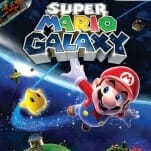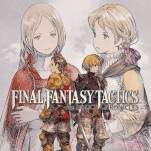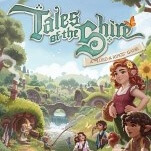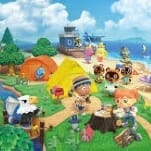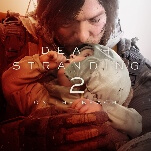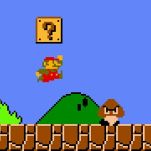The 10 Best Polyomino Games
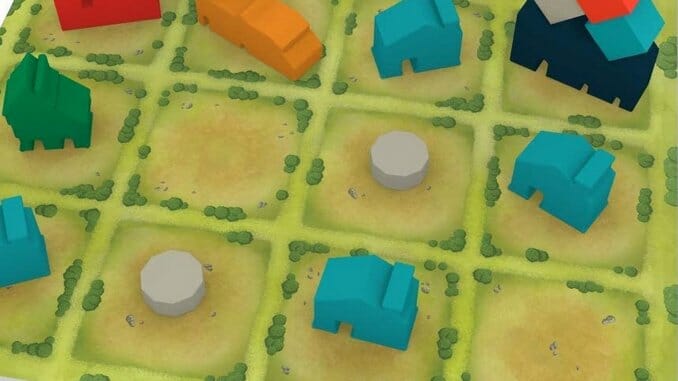
Games with polyomino tiles, what are more commonly called “Tetris pieces” unless you’ve got the Shinning, have been all the rage in board game designs in the last two years, with very mixed results. Familiar mechanics or pieces do not a good game make, unfortunately. Still, there are some great, mostly lightweight games out there that use these pieces well within their designs, asking players to think creatively about how best to place pieces now to allow them to cover more of their boards over the long haul. Here are the best games I’ve played that use polyomino tiles.
10. Second Chance

The simplest game on this list is also from Uwe Rosenberg, a flip-and-write game that almost anyone can learn and play and that’s extremely portable. Everyone starts with a paper with a blank 9×9 grid on it and will fill in one, unique 8-square shape on a card they get randomly at the start of the game. In each round, players will reveal two cards with polyomino shapes that can have from 1 to 7 squares and must fill in either one on their papers. If they can’t, they get a “second chance” and can flip one more card that they must fill in (and that other players can’t use); if they don’t, they’re out, but can still win if they have the fewest empty squares at game-end.
9. Realm of Sand

One of the best-looking games I own, Realm of Sand has only two sizes of polyomino tiles, three-square ones you draw from the supply and place on your board, and then one-square ones—which I suppose would just be ‘omino’ tiles—you use to cover those spaces, removing the three-square tiles so that you can potentially score those individual squares separately. You try to match patterns on three rows of cards in the display (like in Splendor), with each row offering more points and different bonuses, including special spirit tokens that come in two additional colors and are necessary to finish Level 3 shapes. I wish the game were a little longer, as you’ll probably find you run out of time before you get to finish much in the way of long-term planning, but the game does look fantastic and there’s a good idea at its core.
8. Tiny Towns

Tiny Towns uses polyomino shapes without actual tiles, instead asking players to place resources on their 4×4 boards to match the shapes required to build certain buildings, which then score in unique ways. The constraints of the board size and the need to place some buildings in specific places to score more points mean that the simple rules of Tiny Towns still yield require a lot of long-term planning—it is very easy to end up stuck and unable to make a legal play while others are still going, so while it’s a light game, it’s definitely not one for younger kids. The second of two expansions released this year, Tiny Towns: Villagers, is due out in November.
7. Cathedral

Cathedral might be a forgotten classic, originally published in 1978 by Mattel, and since moving to various other manufacturers and going in and out of print. It’s in print again, now from Family Games America, with higher-quality wooden pieces, although I still have my original plastic set from when I was a kid. Players compete to place their 3D buildings on an enclosed board in a way that blocks the other player from placing all of their pieces, or ‘traps’ one of their pieces completely, forcing them to remove it from the board. The player with the fewest squares on their unplaced buildings once nobody can make another move is the winner. You can see how this might have influenced Era: Medieval Age’s design, although that game is much more sophisticated and aimed at an older audience.
-

-

-

-

-

-

-

-

-

-

-

-

-

-

-

-

-

-

-

-

-

-

-

-

-

-

-

-

-

-

-

-

-

-

-

-

-

-

-

-







